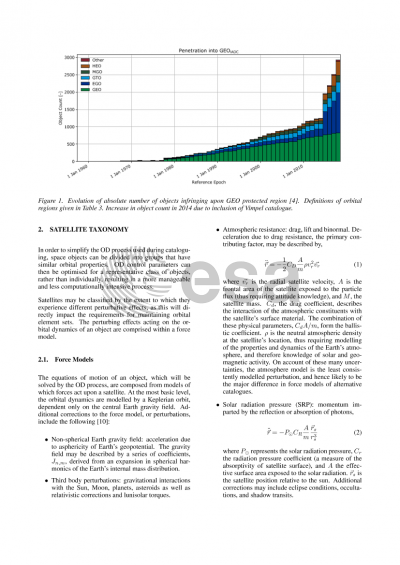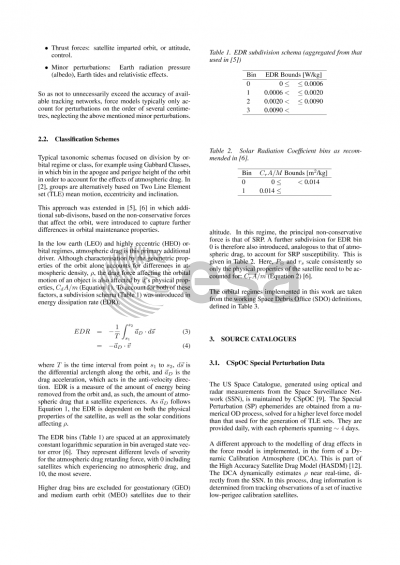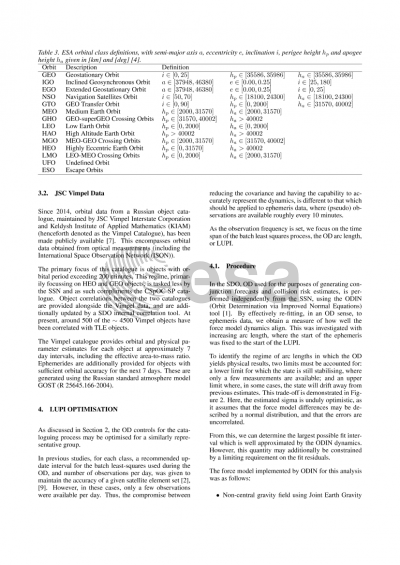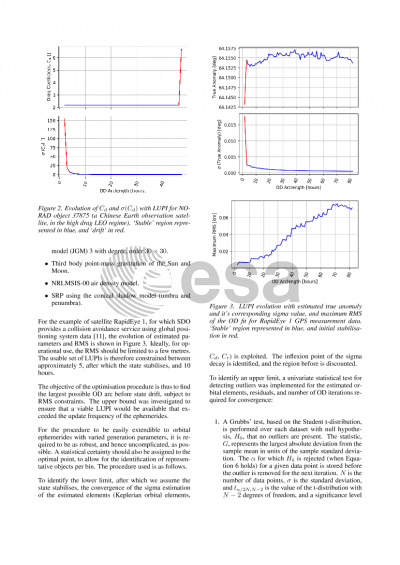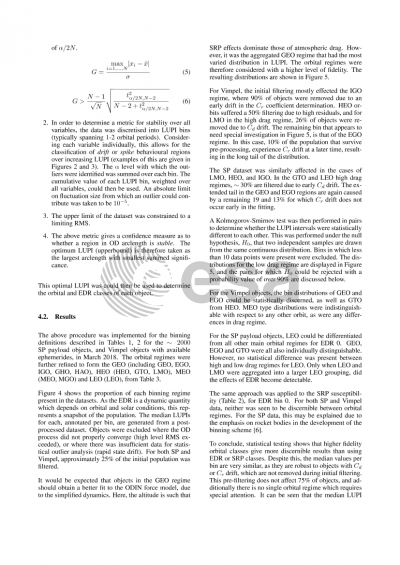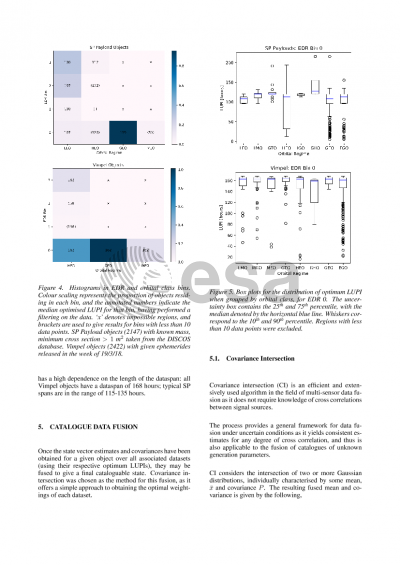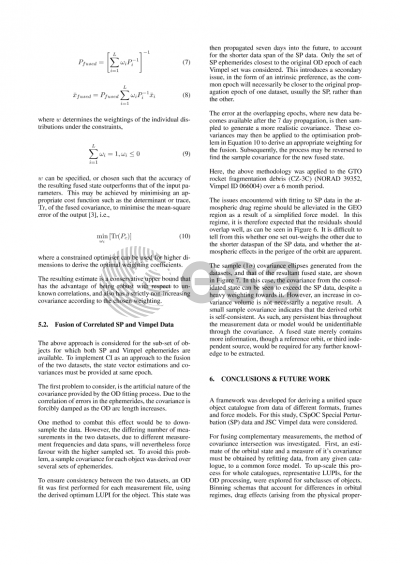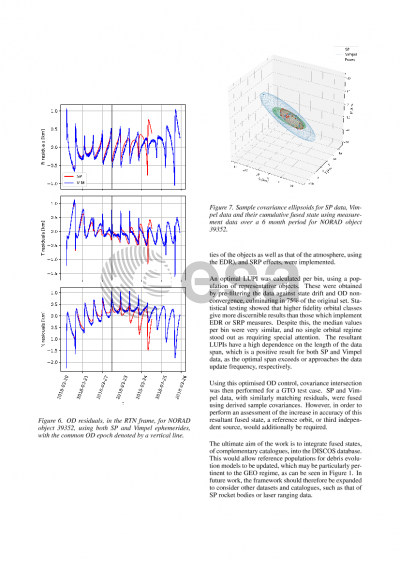Document details
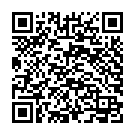
Abstract
Within the realm of space safety, access to accurate, up-to-date and comprehensive orbital information of objects that may pose a collision risk, as well as the space debris environment as a whole, is fundamental to ensuring the protection of in-space infrastructure. Unifying such data from existing catalogues, based on individual surveillance and tracking networks of different observational capabilities, would enable as extensive a set of objects as possible to be maintained. This may then be employed in SSA activities such as collision avoidance, re-entry risk assessment and mapping of the future environment.
At ESA, these activities are conducted using orbital data from ESA’s DISCOS database, largely based on information provided by the US Joint Space Operation Centre (JSpOC). Data from external catalogues such as this are stored within DISCOS in the same frame and format as their catalogue of origin [1]. This catalogue independence allows new data sources to be easily incorporated, and has already been extended to include states from JSC Vimpel Space Objects, which have been provided since 2014 [2]. This dataset includes highly eccentric and GEO objects, many of which are untracked by JSpOC. However, differing formats and unknown generation parameters preclude the integration of all datasets into a single catalogue.
The aim of the work is thus to develop a unified space object catalogue, derived from multiple distinct and operationally used source catalogues, to be incorporated into DISCOS. An orbit determination and cataloguing framework has been developed and deployed for integrating data of different formats, frames and force models into one consistent catalogue. For this study, an ESA operational catalogue, JSpOC Special Perturbation (SP) data and the aforementioned Vimpel data will be considered, though the framework is flexible to further expansion.
Various applications of the space object catalogue and its framework will also be discussed. Notably, a procedure for deriving an updated reference population for feeding space debris environment models such as ESA’s DELTA. Inclusion of these objects may increase the debris population by up to an order of magnitude in certain regions such as GEO, enabling a more accurate assessment of collision likelihood to be obtained.
[1] F. Mclean, DISCOS 3: An improved data model for ESA's Database and Information System Characterising Objects in Space, 7th European Conference on Space Debris, 2017
[2] JSC Vimpel Data Portal, Orbit parameters of newly detected HEO space debris objects, http://spacedata.vimpel.ru/
Preview

